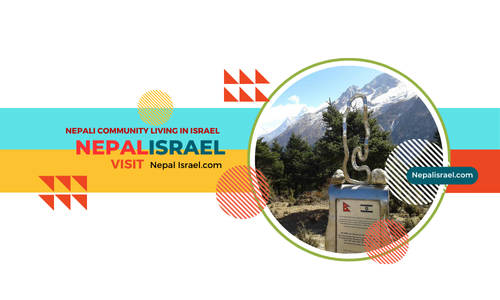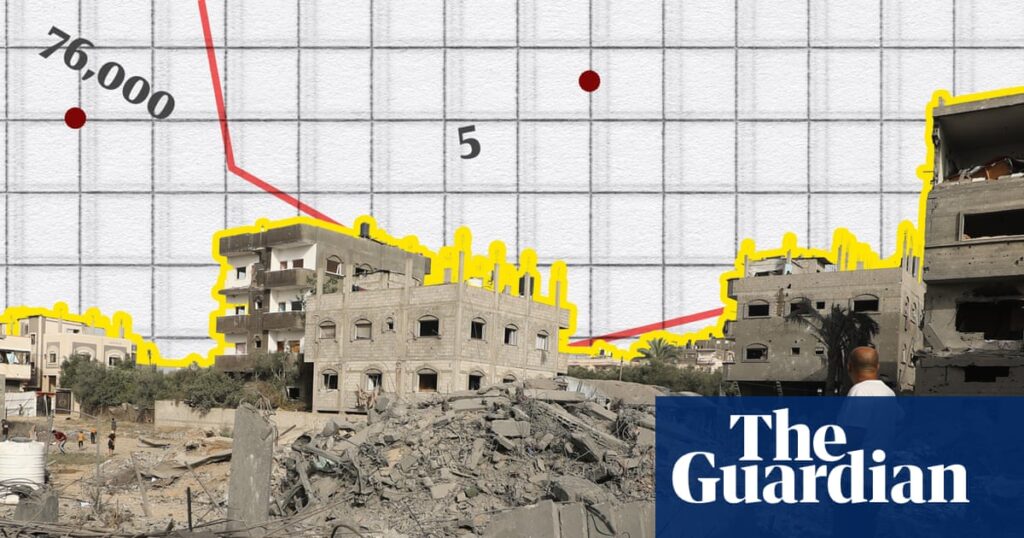NepalIsrael.com auto goggle feed
Hello and welcome to another edition of The Crunch!
More Palestinians died of starvation in the past week than in the preceding 21 months, prompting widespread condemnation of Israel’s actions.
1. An eleven-minute race for food
The four aid distribution sites across Gaza run by the Gaza Humanitarian Foundation (GHF) are only open for a few minutes a day – the Saudi site was open for an average of 11 minutes in June. Our colleagues in the UK put together this visual explainer on “how aid points in Gaza became death traps”.
This chart shows the time between aid sites opening and closing through June and July:
Palestinians in Gaza have to queue and walk kilometres – through evacuation zones that civilians have been told to leave – to reach aid sites. The piece also includes maps if, like us, you are having trouble getting your head around this geography.
2. Average daily calories in Gaza
Our colleague Mona Chalabi also posted this devastating graphic on Instagram comparing the average calories consumed by someone in Gaza in May, to the daily recommended amount:
We’ve often featured Mona’s spectacular work, including this one on Gaza’s population as 100 people, and the population density of bombed cities.
3. Aid sites and access routes
The Economist also covered the GHF aid sites ($), with a series of excellent maps and satellite images showing the long walks and the huge crowds forming at checkpoints.
Among other things, this really drives home the distances that families are forced to travel to get aid.
4. Huge crowds for aid convoy
To give more context around the scale of the desperation for aid, the New York Times reports on a satellite image of huge crowds gathering around aid trucks taken in Gaza last week:
Not a lot is known about where these trucks were going or what they were carrying. The NYT has also published a map showing which countries have already recognised a Palestinian state.
5. Environmental devastation in Gaza
Environmental devastation is an under-reported aspect of the destruction in Gaza. Bloomberg analysis of satellite data has found nearly 350 sites where waste has been piling up since the conflict began.
This map shows Souk Feras, which was a market before the conflict began but now holds an estimated 200,000 metric tons of rubbish:
The Bloomberg team estimates that new garbage sites cover more than 1 sq kilometre, about 60% of the areas are close to tents, and 15% are near water, sanitation or other “hygiene sites”. Read (and see) more here.
Other things from the fortnight
Sign up
The post”The Crunch: how desperate Palestinians are struggling to find food and aid in Gaza | Israel-Gaza war” is auto generated by Nepalisrael.com’s Auto feed for the information purpose. [/gpt3]




